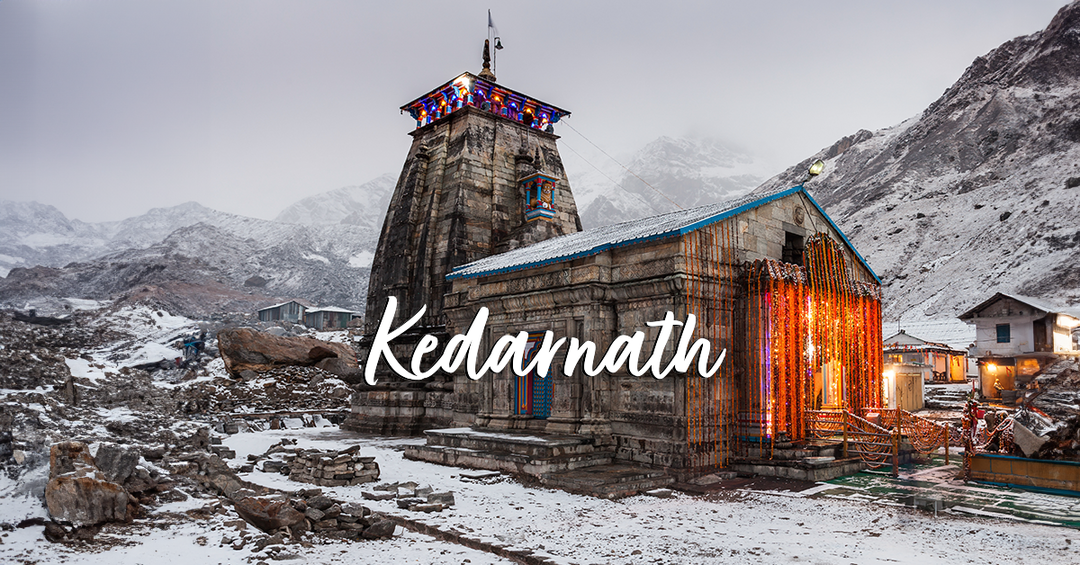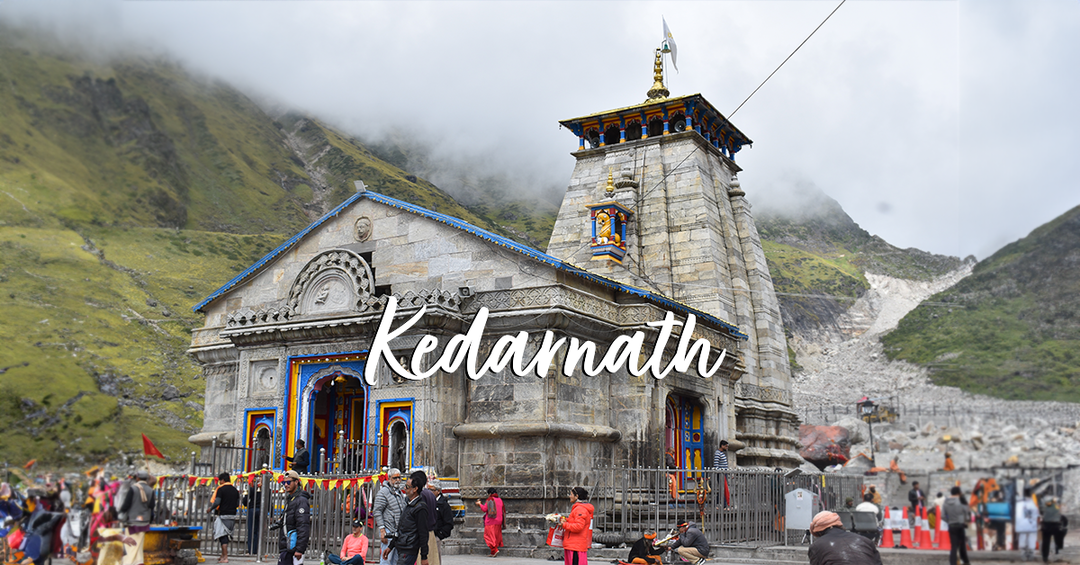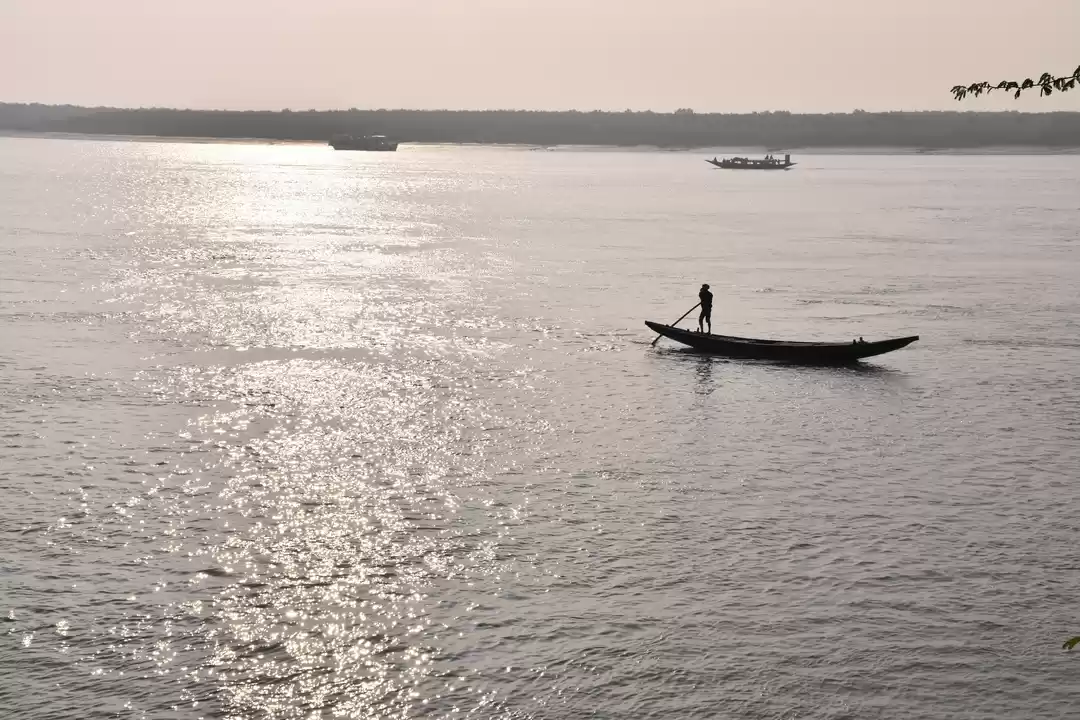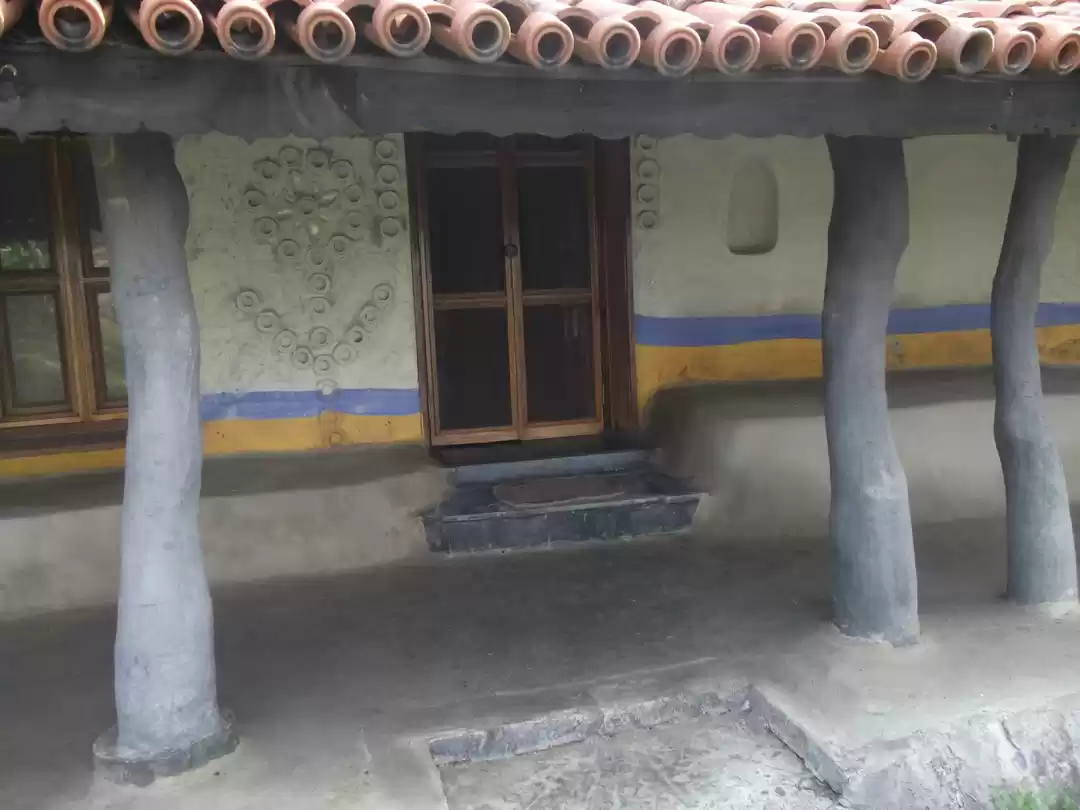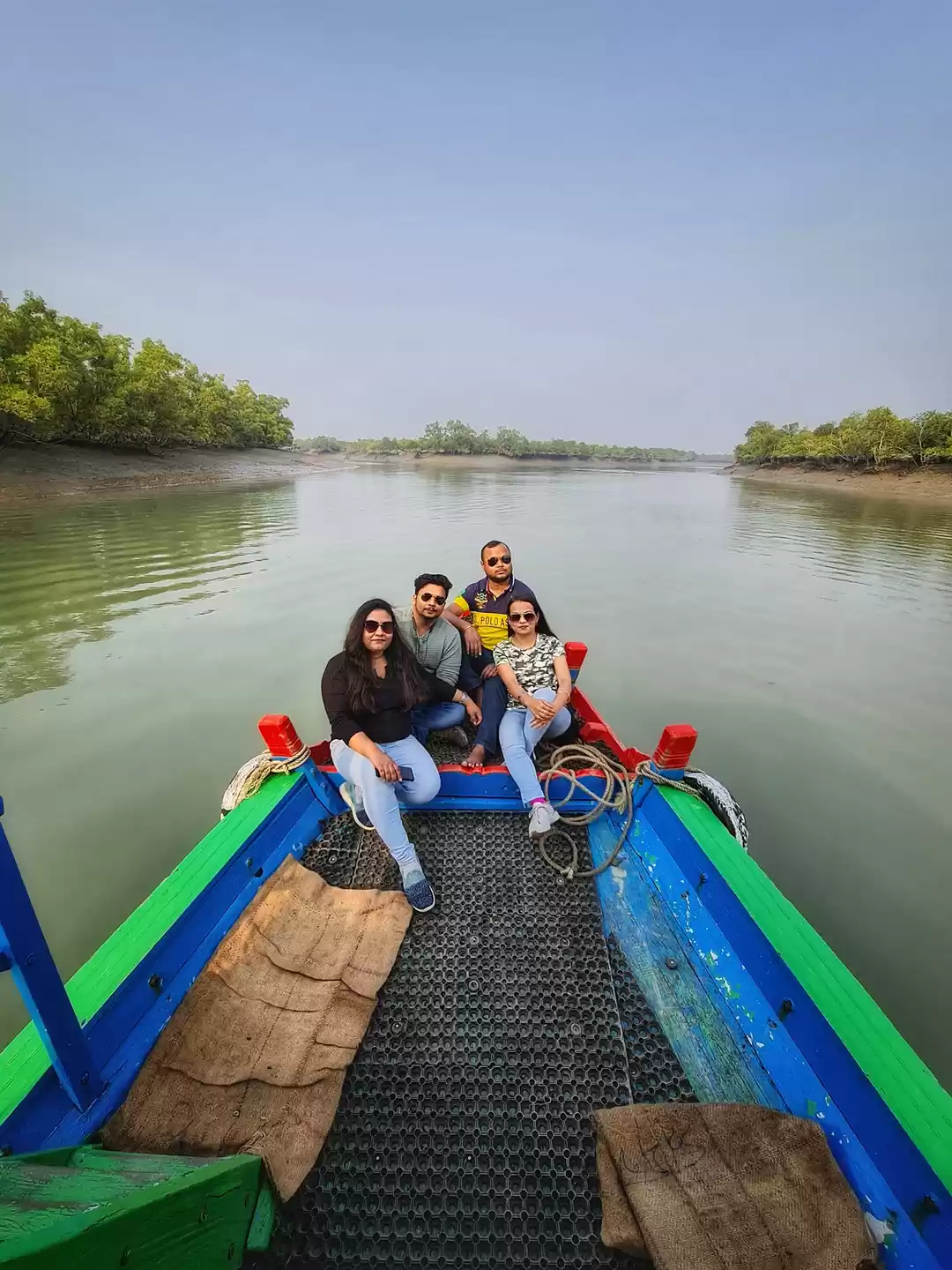

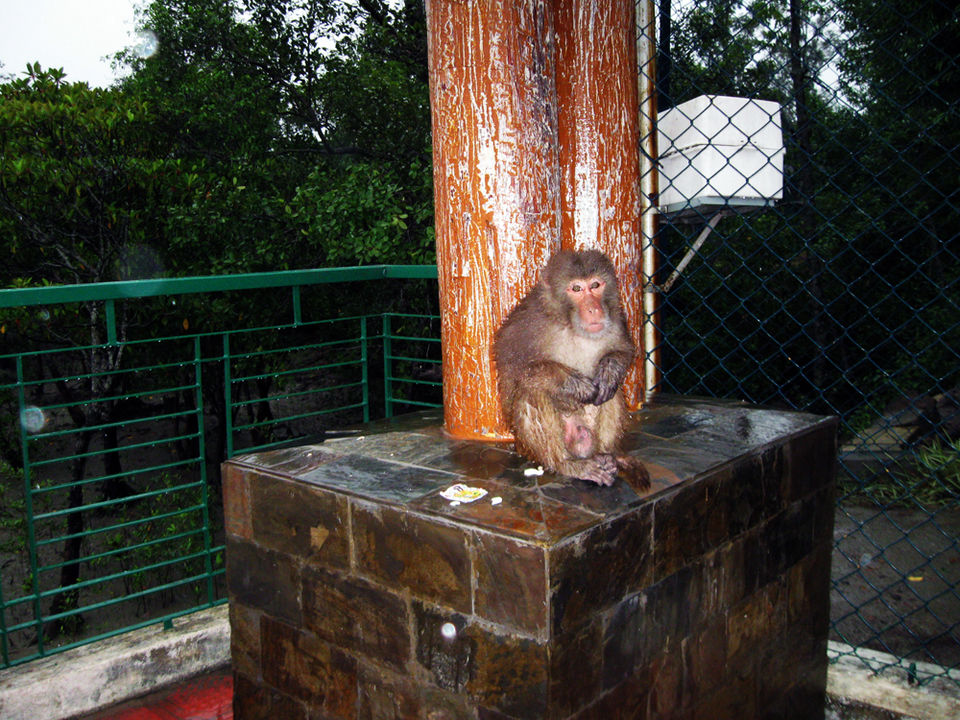






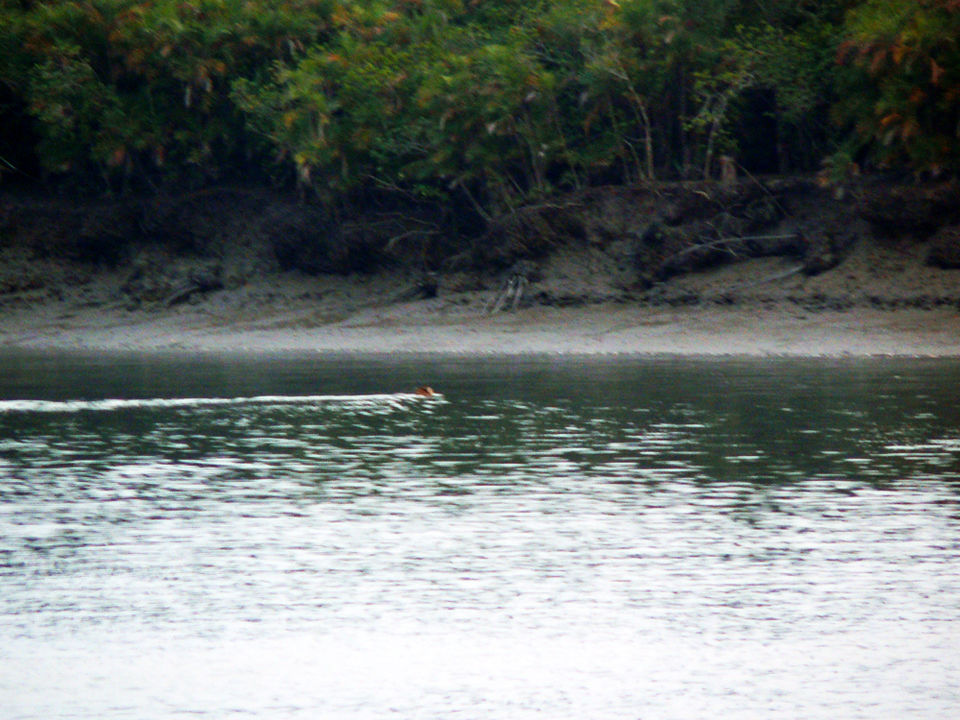
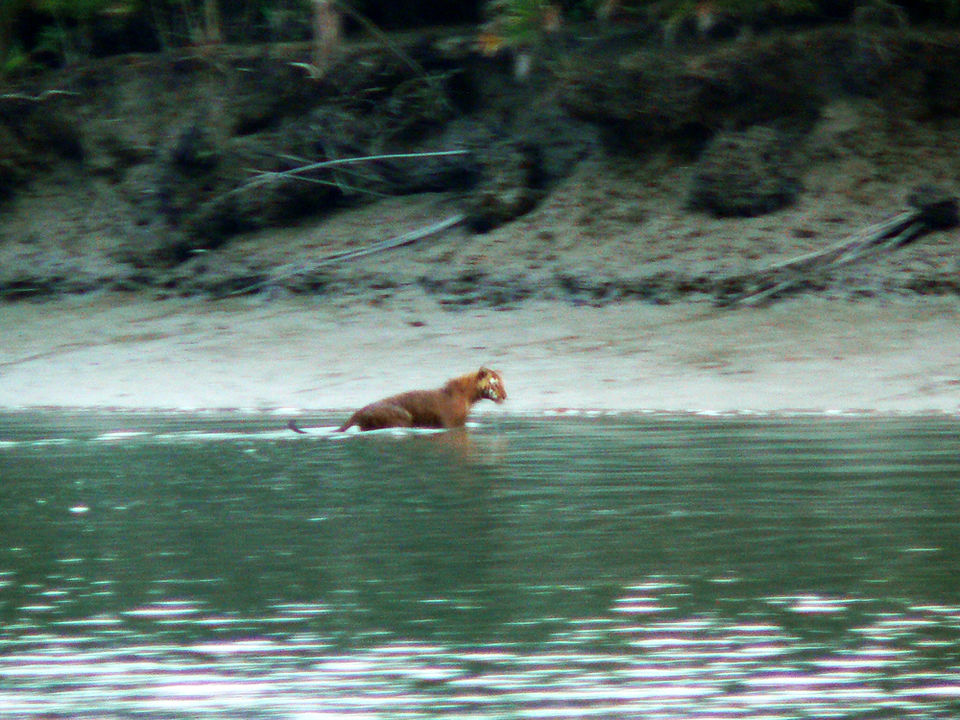
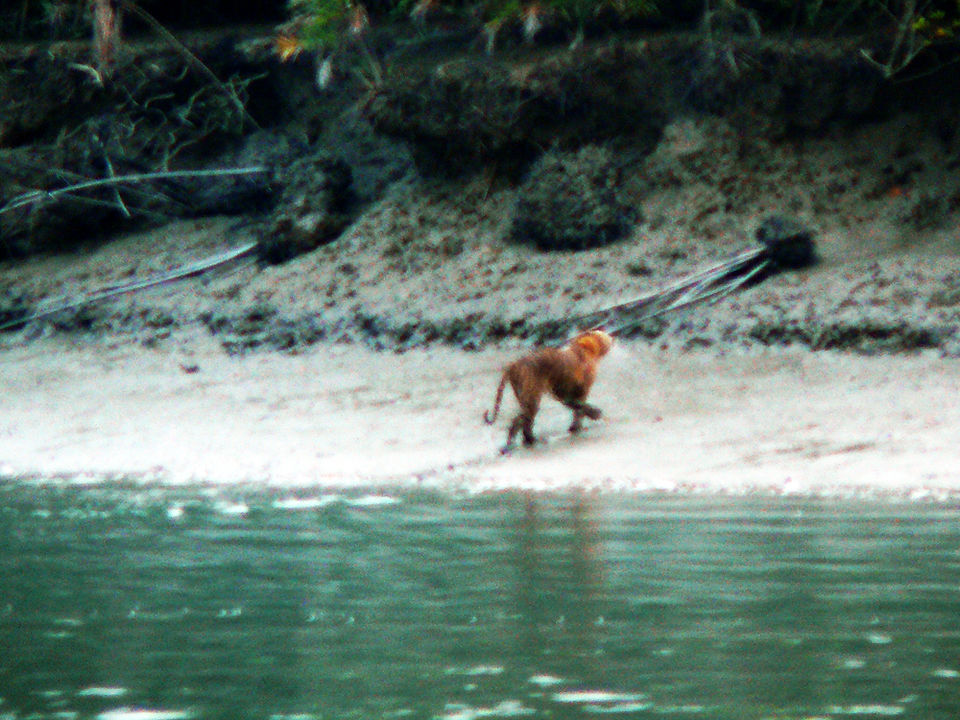
The sun was a bright orange dot on the western horizon, just about managing a final peek from behind the thick wall of mangroves. Light was fading fast, bringing tiger country alive in its full intensity and severity. I was on the lower deck, engrossed in the colours of the evening sky and the growing darkness inside the impenetrable forests of the Ganges delta. Who knew what was lurking behind those shadows!
That’s when I heard the commotion on the upper deck. And sifted through all the jumbled words, one hit my ears clear enough to send my heart on a gallop — “Tiger”.
We were in the middle of River Bidyadhari, on a two-day cruise of Sunderbans Tiger Reserve conducted by the tourism department of the Indian state of West Bengal. Thirty minutes back, we had left Dobanki watchtower, without so much as spotting the tip of the tiger’s tail.
The only consolation was seeing pugmarks on the bank about 20 metres from our vessel later on. “The tiger had come to drink water. It probably left sensing us approach,” the guide had said. This was only a few minutes before I heard the commotion. Could the big cat still possibly be around?
I ran up the narrow flight of steps as fast as I could. My co-passengers were brimming over with excitement. Someone had sighted a tiger — and photographed it too! I ran up to him and demanded to see the picture, feeling quite sceptical. This was the Sunderbans after all, where sighting the notoriously elusive Bengal tiger is as good as finding a needle in a haystack.
Amusingly enough, he was equally unconvinced! “Here, take a look,” he said, “Do you think this could be a tiger?” I peered into the 3-inch LCD screen and inspected the brownish figure peeping through a mash of bottle green and the greyish brown of clay. The image was slightly blurred, but my heart knew it could only be one thing. Anywhere else and I could have suspected it was a dog. But in the impassable mangroves of the Sunderbans, only the tiger reigns.
My heart sank. I knew people who had visited Sunderbans twenty times and failed to spot even a pugmark. This was my first visit and I had been so tantalisingly close. Yet, so enchanted had I been by something as everyday as a sunset that I had missed the precious sighting. But had I?
The small ship was already being turned around. As daylight faded rapidly, some forty-odd souls on the deck muttered silent prayers, clinging on to a faint ray of hope. “It’s unlikely that the tiger is still there,” the guide said, a trifle apologetically.
But that day, Dakshin Roy, the tiger god of Sunderbans, was by our side. We were not even close to the spot where the photo had been taken when we heard a splash. About 100 metres ahead, we could see something stir in the water. “It’s the tiger!” our guide cried excitedly. Either due to our repeated forays into its lair or simply a mood swing, the big cat had decided to swim to the opposite bank.
I knew that the Sunderbans tiger is a skilled swimmer, having adapted to its unique habitat. But watching its speed in water first hand left me astounded. It was literally shooting across the river with its nose barely above the surface, leaving behind a long trail of ripples.
Within minutes, it was close to the other bank. One gentle leap and it was out of the river. I heard gasps all around. The majestic animal took a moment to shake off the muddy water and made for the mangroves elegantly up the soft clay, the water making its coat look slightly dark and lustreless.
Suddenly, we heard the tinkle of a bell somewhere in the ship. Till date I have no idea what that bell was all about, but it denied us a few more priceless moments with the tiger. It pricked up its ears for a split second, then raised its tail and darted straight into the forest. We waited desperately for another glimpse, but it was gone for good. Darkness was fast enveloping the largest river delta in the world.
=========================================================
To go on a similar river trip in the Sunderbans, log on to http://www.wbtdc.gov.in/ (click on ‘Packages’ at the bottom of the page)
Packages: Two packages available. 1N2D and 2N3D
Food: Traditional Bengali non-vegetarian fare served on cruise
Other options: Several private tours are organized too and you can also hire a launch yourself. There is a government tourist lodge in Sajnekhali as well
Attractions: There are numerous animals to sight, including spotted deer (chital), dolphins, birds, the Bengal monitor (or common Indian monitor) lizard, jungle cats, wild boars, mongooses, foxes, pangolin, the famed estuarine crocodiles and, of course, the incomparable Bengal Tiger, to name a few. But remember, NO sighting is guaranteed. The Sunderbans is not like any other national park and sightings are difficult to get. So be prepared for disappointments. Personally I’d say being in the unparalleled mangrove forests of the Sunderbans is an attraction in itself.








